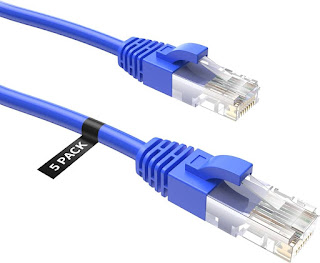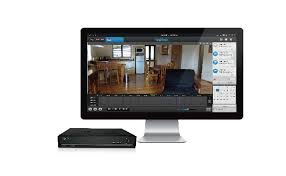Material you need to successfully install you CCTV surveillance camera
Material you need to successfully install you CCTV surveillance camera
The installation materials you'll need for your CCTV camera system will depend on the type of camera system you purchase (wired or wireless) and the number of cameras you'll be installing. Here's a general list of common materials you might need:
Cameras: This is the most crucial element, choose the ones that suit your needs and budget (refer to previous conversation for camera types).
Cables:
Coaxial Cables: Used for traditional analog CCTV systems to transmit video signals.
Ethernet Cables (Cat5e/Cat6):Used for IP CCTV systems to transmit video and data over a network.
Video Recorder: Records and stores the video footage captured by the cameras. You can choose from Digital Video Recorders (DVRs) for analog systems or Network Video Recorders (NVRs) for IP systems.
Power Supply: Provides power to the cameras. Some cameras can use Power over Ethernet (PoE) which utilizes the ethernet cable for both data and power transmission, eliminating the need for a separate power supply.
BNC Connectors: Used to connect coaxial cables to the cameras and video recorder for analog systems.
RJ45 Connectors: Used to connect ethernet cables to the cameras and NVR for IP systems.
Mounting Hardware: Screws, anchors, wall mounts, pole mounts, etc., to secure the cameras in desired locations.
Cable Clips: Used to secure cables along walls or baseboards for a clean and organized installation.
Cable Conduit (Optional):Provides additional protection for cables running outdoors or in exposed areas.
Crimping Tool (Optional):Used to properly terminate ethernet cables with RJ45 connectors, if not using pre-made cables.
Additional things to consider:
Display Monitor: While not always necessary, a monitor allows you to view live and recorded footage from your cameras.
Uninterruptible Power Supply (UPS) (Optional):Protects your CCTV system from power surges and outages, ensuring continuous operation.
Both coaxial and ethernet cables are used to transmit signals, but they differ in their design, functionality, and application for CCTV systems. Here's a breakdown of the key differences:
Construction:
Coaxial Cable:
Single insulated conductor surrounded by a braided metal shield.
The shield protects the center conductor from electromagnetic interference (EMI) and ensures a clean signal.
Used for analog CCTV systems transmitting video signals.
Ethernet Cable:
Twisted pairs of insulated copper wires.
The twisting reduces crosstalk, which is the interference between neighboring cables.
Used for IP CCTV systems transmitting digital video and data packets over a network.
Appearance:
Coaxial Cable:
Round cable with a thicker profile due to the shielding.
BNC connectors are used on either end for connection.
Ethernet Cable:
Flat cable with a thinner profile due to the lack of shielding.
RJ45 connectors are used on either end for connection.
Performance:
Coaxial Cable:
Limited data transmission speed (typically 10Mbps).
Suitable for standard definition (SD) video quality.
Ethernet Cable:
Supports much higher data transmission speeds (depending on the category, Cat5e or Cat6 can reach 1Gbps or more).
Can handle high-definition (HD) and even 4K video quality.
Applications:
Coaxial Cable:
Primarily used for traditional analog CCTV systems.
Can also be used for cable TV connections.
Ethernet Cable:
Standard for modern IP CCTV systems.
Used for computer networks and internet access.
Other Considerations:
Ease of Installation: Ethernet cables are generally easier to install due to their thinner profile and simpler connector (RJ45).
Cost: Coaxial cables are typically cheaper than ethernet cables.
In summary, for CCTV systems:
Use coaxial cables if you have an older analog system and only need standard definition video quality.
Use ethernet cables for modern IP CCTV systems to take advantage of higher data transfer speeds, better video quality, and easier integration with network infrastructure.
Remember, this is a general list, and the specific materials you'll need will vary depending on your setup. It's always best to consult the instruction manual that comes with your CCTV camera system for the most accurate recommendations.










Comments
Post a Comment